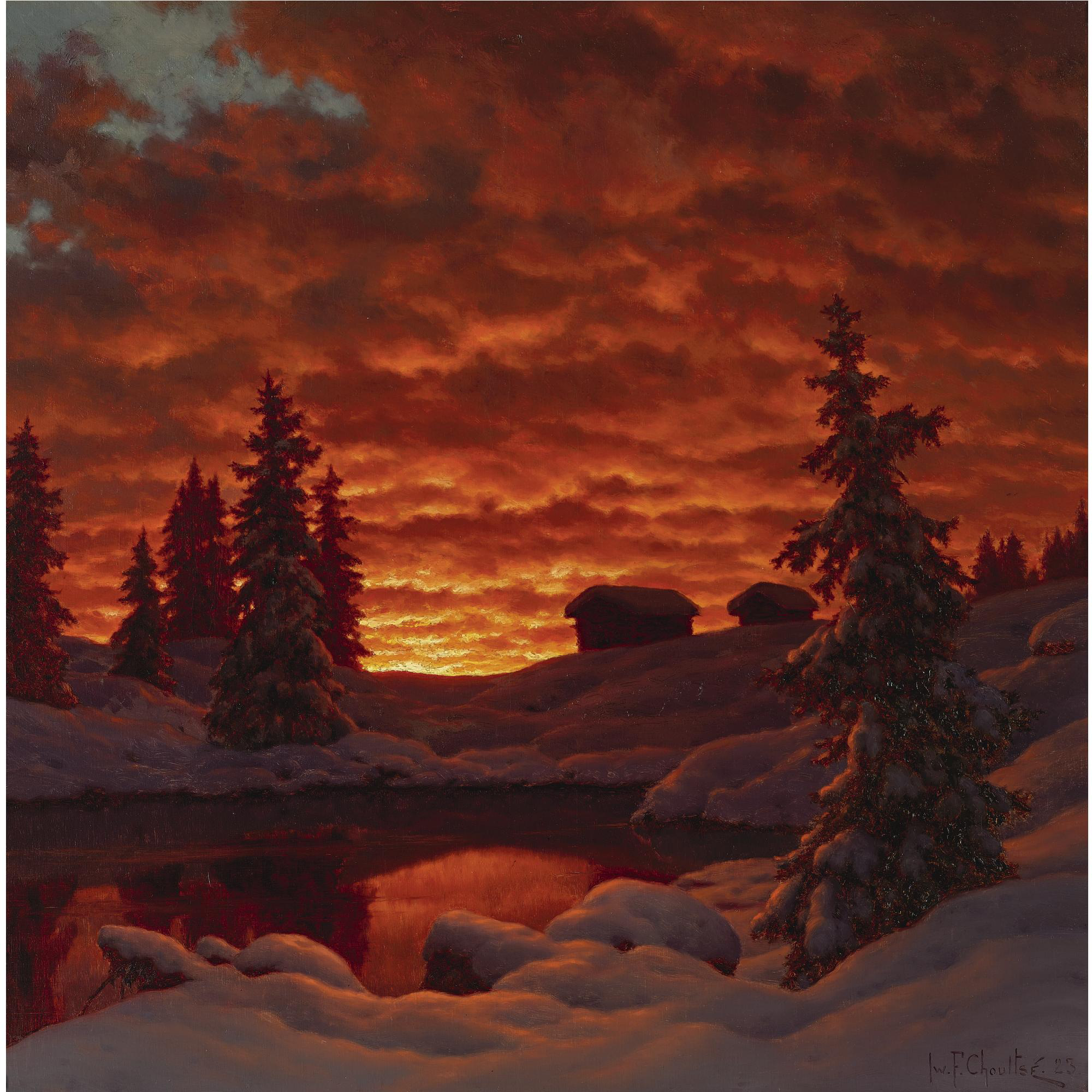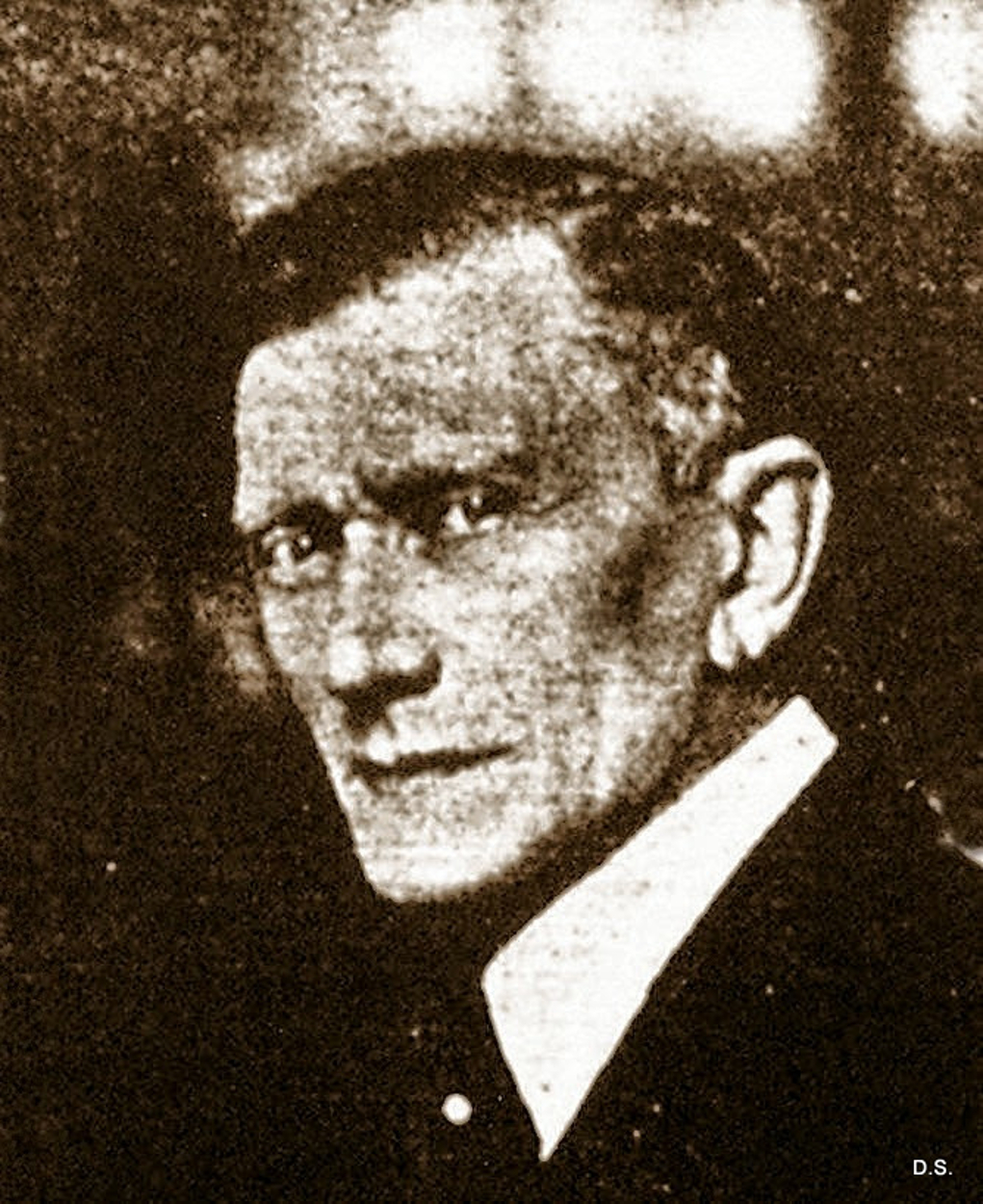Today's painting was suggested by one of our users. Please remember that you can always suggest us a painting or an artist — just drop me a line at [email protected] :) .
Ivan Fedorovich Choultsé was a Russian painter who painted realistic landscapes, excelling in the depiction of winter landscapes. He was popular with members of Tsar Nicholas II's family. However, those were troubled times in Russia, and after the Revolution of 1917 and the Tsar’s abdication Choultsé left Russia and travelled to Europe. This is probably due to his ties with the Tsar, but also because the artistic climate in Russia during this period was difficult.
Choultsé travelled to the Mediterranean and painted many summer landscapes, but it was his sojourn to Switzerland which influenced the artist’s development. Whether it was because the snowy Swiss landscape reminded him of his native Russia or because he just fell in love with the monumental vistas of Engadine and St. Moritz, Choultsé was profoundly affected by what he saw there. He concentrated his efforts on studying the effects of light on nature, and developed his best-known themes of glorious snow-filled landscapes that are sparkling and vibrant.
Eventually settling in Paris, Choultsé adopted the French transliteration of his name. He began to exhibit his work in the Salon des Artistes Français in 1923 and he had a very successful one-man show at the Galleries Gerald Freres. Exhibitions in London and New York followed and an article in The Times summarised the artist’s achievement by saying “it must be seen to be believed." Ivan Choultsé never returned to Russia, although his work was always recognised there during his lifetime and subsequently actively sought after.
He painted spectacular snow scenes in which the light seems to come from behind the canvas and glow. The critics scorned these pictures as photographic and called them non-art, but as art dealer G. Blair Laing noted, today this style of painting is called "magic realism" and is much admired.




Russian Sunset
oil on canvas • 55.2 x 69.8 cm
 Ivan Fedorovich Choultsé
Ivan Fedorovich Choultsé